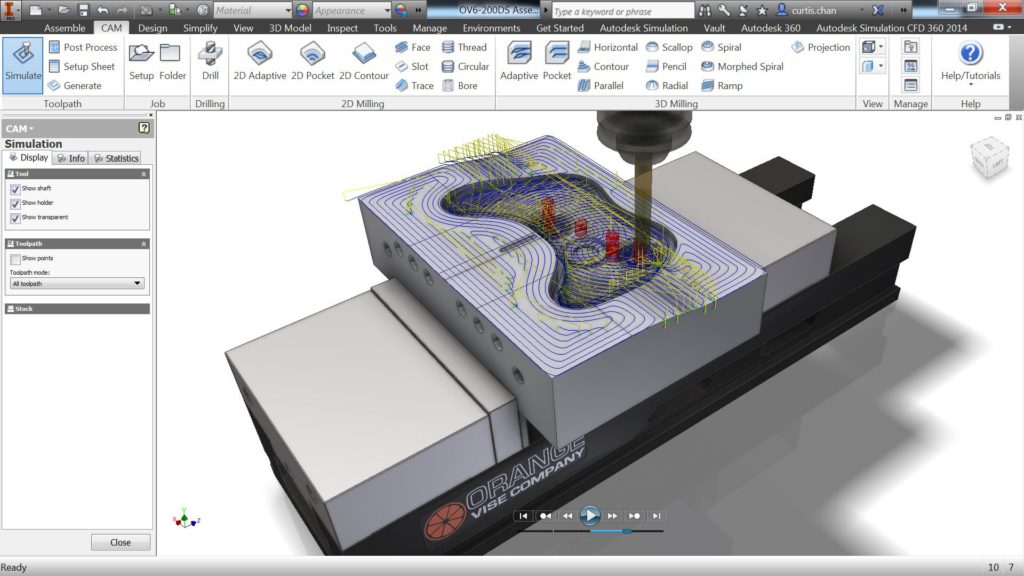
Let me tell you something you want to hear: The modern design engineer would be a superhero compared to the engineers of past. I’m not just buttering you up to get you to read the rest of this article (although I am), I also want to argue that as your jobs as design engineers have evolved, we’ve made ourselves into human swiss army knives.

A look at the engineering ways of old yields you with segmented workspaces and rather simple workflows. You had design departments, revision departments, quality control departments – each with a “very particular set of skills,” to quote Liam Neeson on the subject.
Comparing this setup to the way we function as engineers today, we essentially do the jobs of multiple departments all without even leaving our desks. This isn’t meant to speak negatively of engineers of old, they did incredible things with much less technology, after all, they had to. Rather, this should only bolster how incredible the design tools we have at our fingertips are today.

We have simulation tools like Nastran In-CAD that give us in canvas capabilities for quality control and design assessment. We have 3D scanning hardware to give us digital references in the reverse engineering process. We have tools that are just a small facet of what we can use in Inventor and other CAD tools that would’ve blown the minds of engineers just decades ago.
Our jobs are getting more complex but at the same time, somehow getting simpler. CAD tools and all of our computing power is allowing us to maximize our engineering skill while minimizing our need for outsourcing.
Drawing this concept back to Inventor and the tools in front of us, we are left with a few options as we approach updates, improvements, and even just the basics. We often take the approach of cementing ourselves in what works. That is after all what we are trained to do as engineers – find what works. Given the now ever-changing realm of design tools, this attitude becomes a little outdated.
The advisable option for innovation and continued success is to constantly question if our design methods are the best they can be and try out new tools at our fingertips. It’s this methodology that has made us as modern engineers the superheroes to engineers of past.
As engineers facing change, our versatility is constantly expanding. What is being demanded of us evolves as jobs take shape. To keep up with this, we need to adopt changing and improving CAD tools and embrace the software at our fingertips. This evolution is what keeps us on top.



Add comment
Connect with: Log in
There are no comments